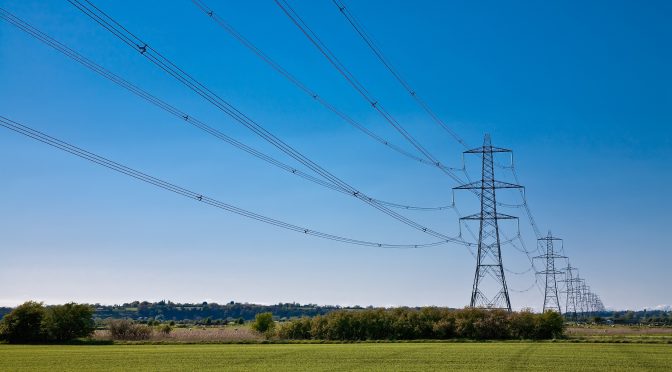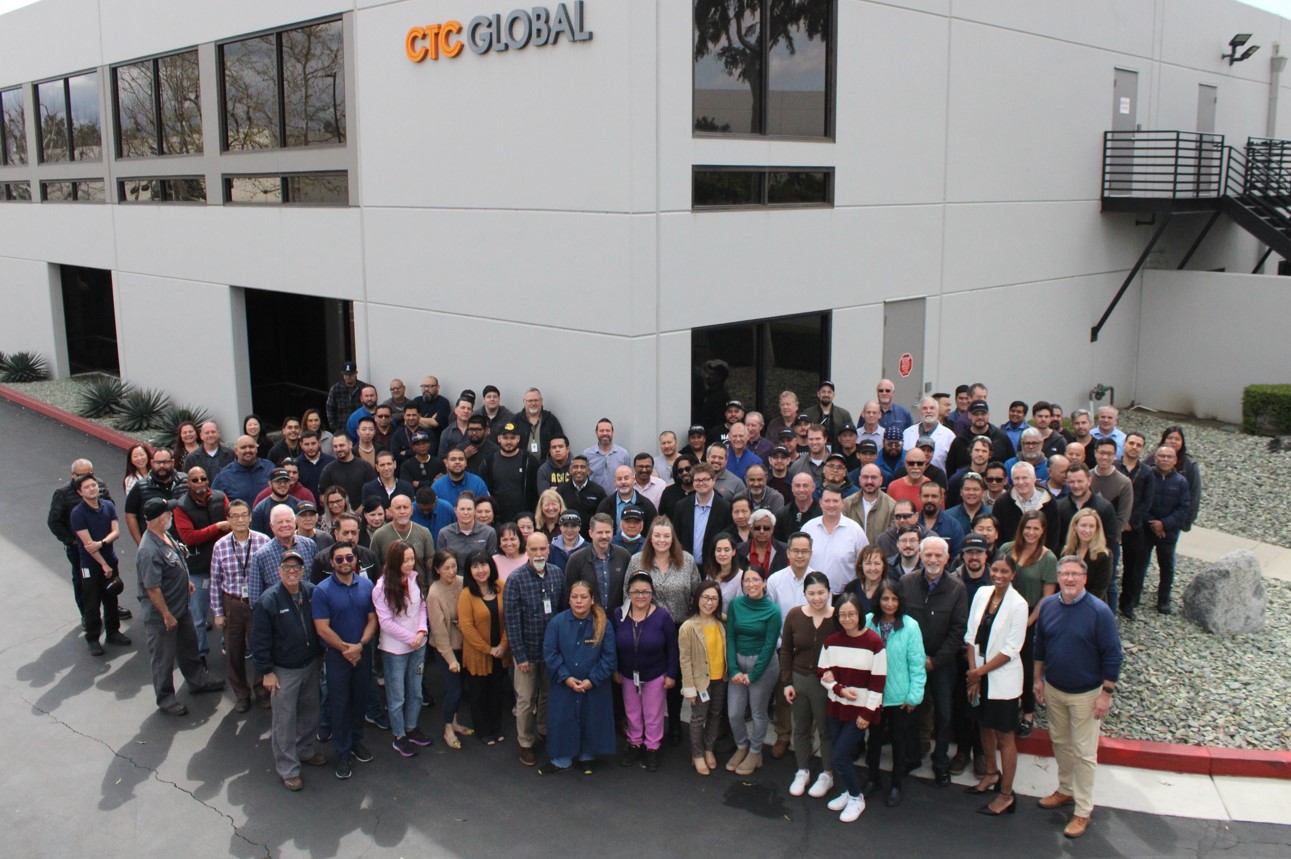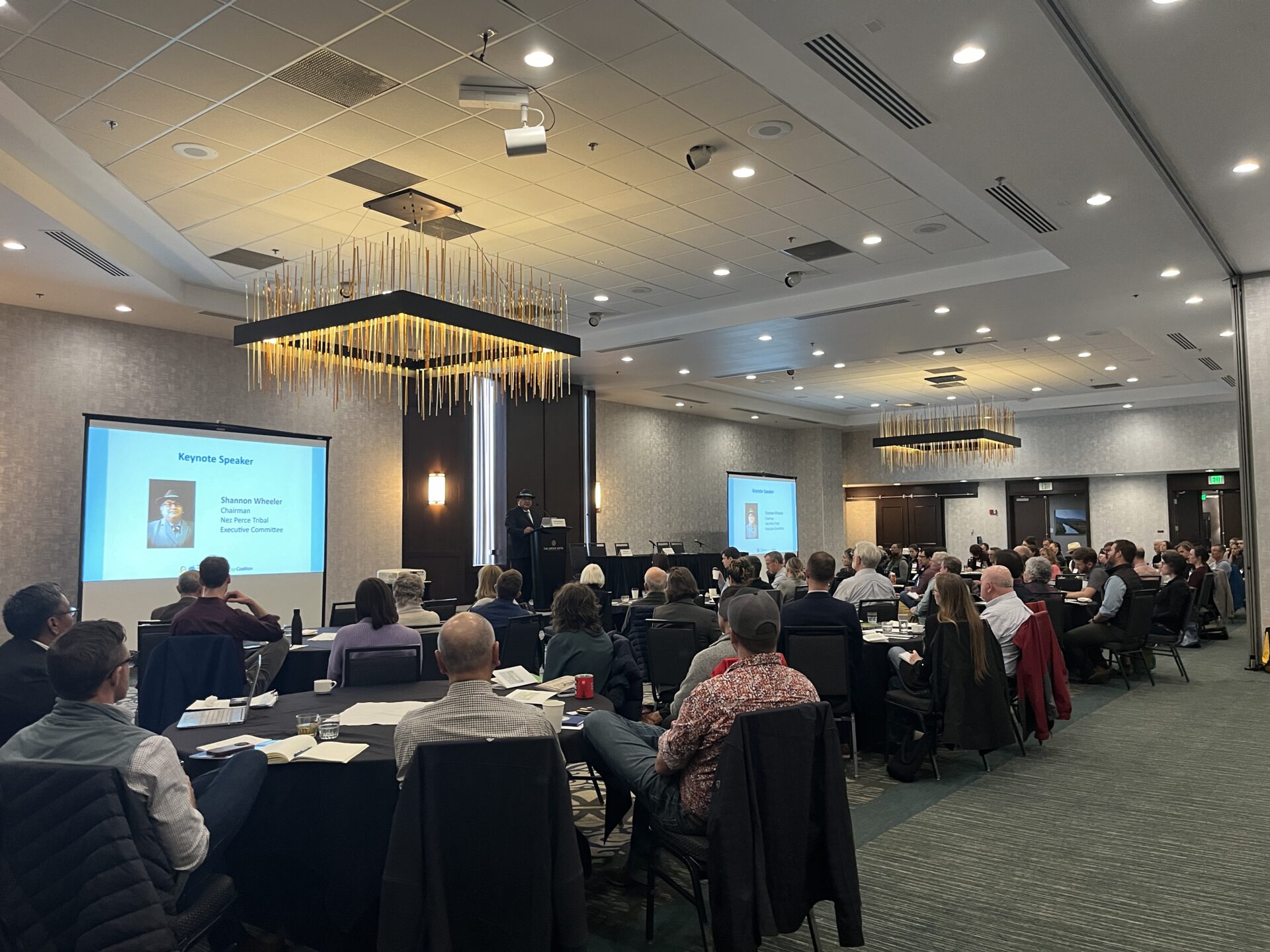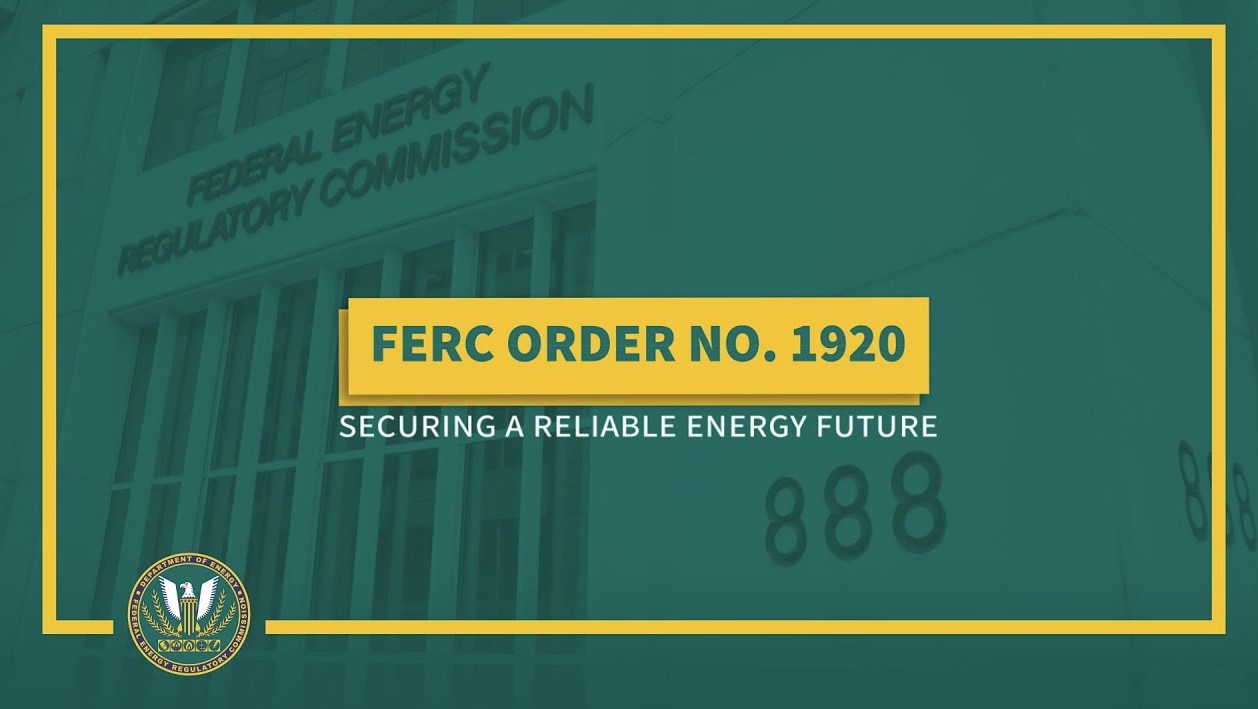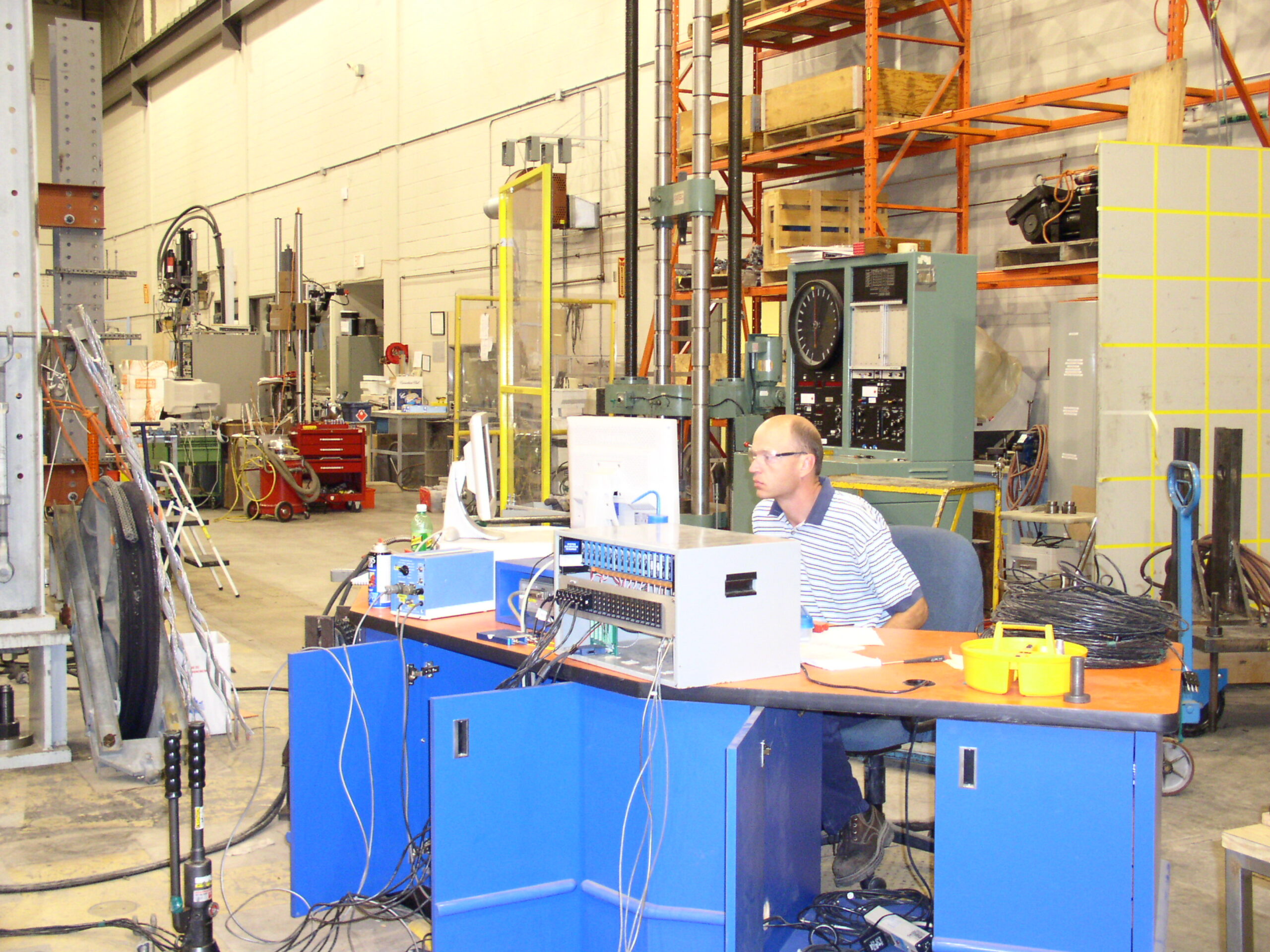One of the Biden Administration’s primary goals is to achieve a 100% carbon-free electricity sector in the U.S. by 2035. While demand for electricity is anticipated to grow by as much as 40% by mid-century to support ‘electric conversion’ in the automotive, industrial and other sectors, the need to build a more robust and efficient electric power grid has never been more urgent.
Currently, approximately 65% of all electricity generated in the U.S. relies on fossil fuels – responsible for over 1.7 billion metric tons of CO2 emissions in 2019. To reduce this number to ZERO by 2035, approximately 53 GW of new carbon-free generation will need to be added to the grid every year for the next 14 years (not including additional generation resources needed to meet growing electrical demand in other sectors, including transportation). To meet this goal, the existing grid needs to be modernized with advanced transmission technologies that can relieve congestion and reduce losses. Further, the current process for interconnecting large amounts of generation capacity is daunting. Siting new transmission lines is nearly impossible and, if it can be done, the process can take a decade or more, which is not timely support for meeting the 2035 goal of ZERO-carbon emission in the electric sector. Is there a way to more rapidly add generating capacity to the grid and not be constrained by overloaded sections of the grid?
Fortunately, the high-capacity, energy efficient ACCC® Conductor can greatly assist in the rapid integration of large amounts of new clean generation resources onto the existing grid. There are many opportunities within the existing grid where replacing legacy steel-reinforced overhead conductors with ACCC® Conductors (“reconductoring”) can substantially increase (up to double) the capacity of existing transmission lines without the need to reinforce or replace existing structures. Reconductoring at “choke points” or constrained areas in the grid can rapidly enable more carbon-free generation to be interconnected to the grid in half the time and at a fraction of the cost of the conventional method of upgrading a power line.
In the past, increasing the capacity of an existing transmission corridor required shutting the line down, removing the existing wire and structures (often with undesirable environmental consequences), replacing the structures with larger / taller structures with new foundations, and pulling in new larger, higher capacity conductors (called “rebuilding”). This was a very expensive, arduous, and disruptive process that is no longer necessary for many situations. Reconductoring a power line using the existing structures is the fastest, lowest cost way to add substantial capacity to the existing grid. Reconductoring can help rapidly interconnect needed carbon-free generating capacity onto the grid so that the ambitious decarbonization goal of reaching ZERO carbon emission from the electric sector by 2035 has a chance to be met. Let’s find more opportunities to reconductor!
